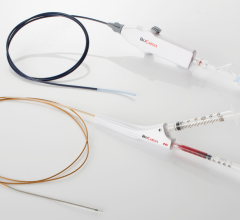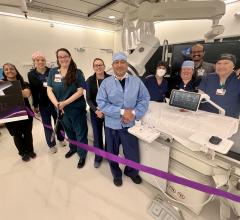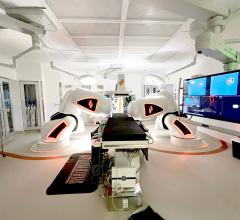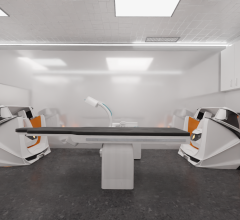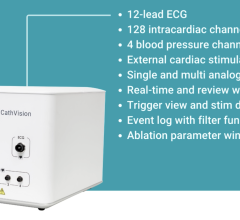
April 15, 2013 — Tyrx announced the first implantation of its new AigisRx R Fully Resorbable Antibacterial Envelope has taken place at the Quebec Heart and Lung Institute in Quebec City, Canada by Dr. François Philippon. Tyrx announced on Jan. 31, 2013 that it had received a license from Health Canada to market its AigisRx R Fully Resorbable technology.
The AigisRx R Antibacterial Envelope is specifically designed to stabilize electronic implantable devices (EIDs), such as pacemakers and defibrillators, while also releasing antimicrobial agents to help provide protection from microbial colonization of the device during surgical implantation.
“Surgical site infections are on the rise and have profound consequences to the patient with regard to having to spend extra time in the hospital, having to undergo additional surgical procedures, and having significant increases in morbidity and mortality. They are also very expensive to treat,” stated Philippon, cardiac electrophysiologist at the Quebec Heart and Lung Institute. “I found implantation of the fully resorbable envelope to be very straightforward and believe that the combination of stabilization and locally delivered antibiotics provided by the product will be of great potential benefit to our patients.”
“We are very excited to have the world’s first AigisRx R Antibacterial Envelope implanted at the Quebec Heart and Lung Institute,” commented Robert White, Tyrx president and chief executive officer. “The AigisRx R includes all of the advantages of the original AigisRx, such as stability and infection reduction, but now with the added benefit of full resorption in approximately nine weeks.”
The AigisRx R Envelope is intended to hold the EIDs, such as pacemakers and implantable cardioverter defibrillators (ICDs), securely in place in order to provide a stable environment when implanted in the body. Additionally, the AigisRx R contains the antimicrobial agents rifampin and minocycline, which are released over a minimum of seven days in order to help provide protection from microbial colonization of the device during surgical implantation.
For more information: www.TYRX.com, www.HeartDeviceInfection.com.

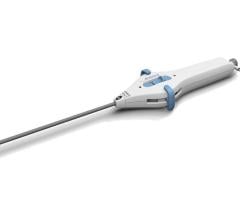
 July 31, 2024
July 31, 2024 
